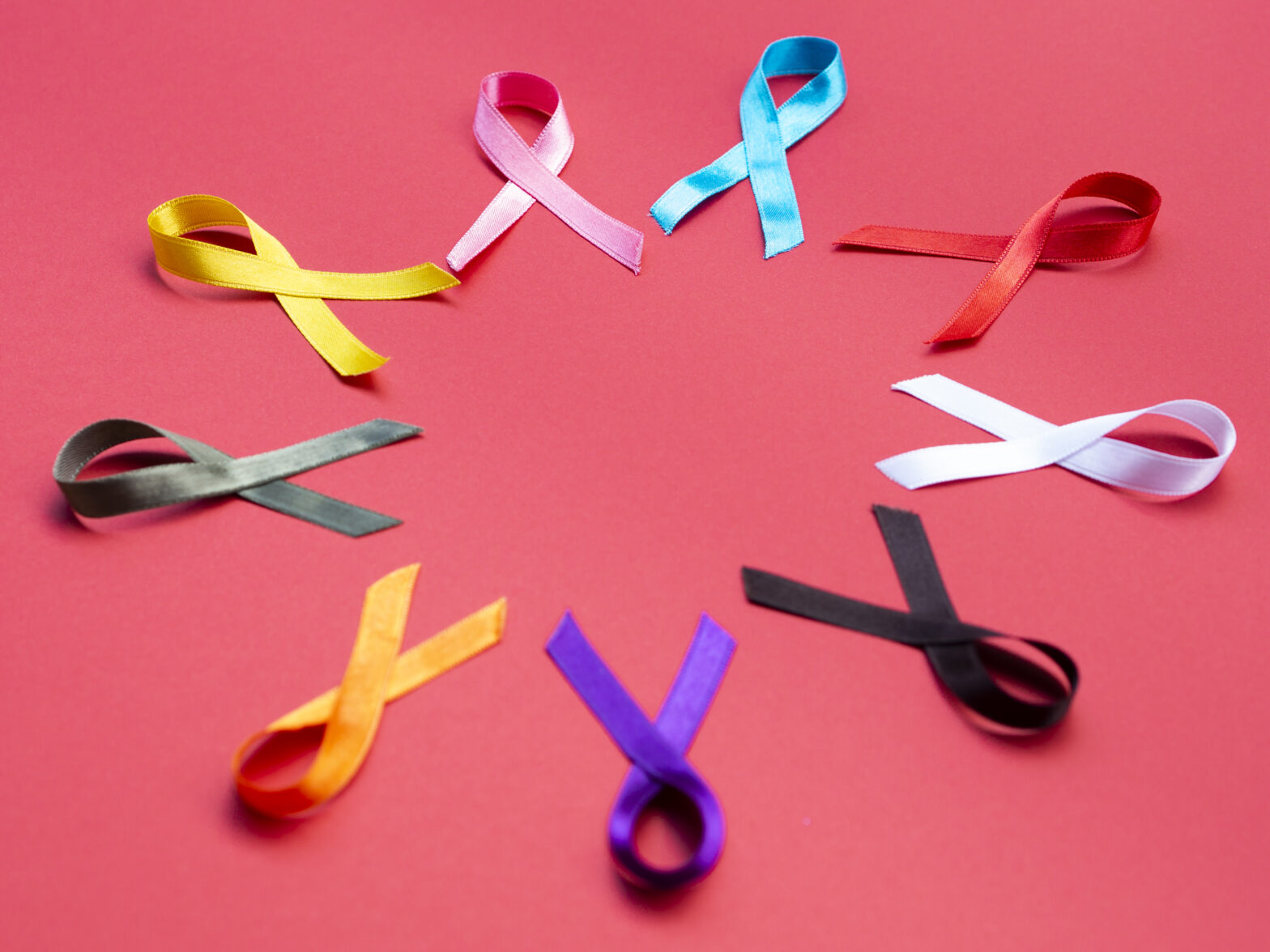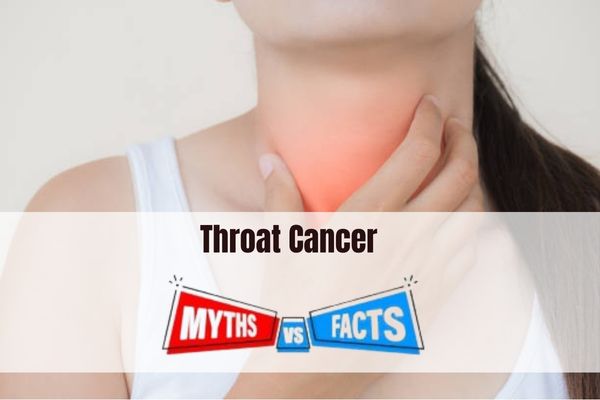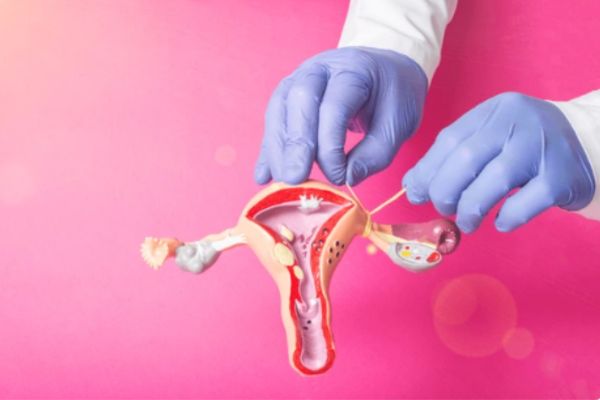

9 November 2024
Cancer is a group of diseases characterized by the uncontrolled growth of abnormal cells in the body. Early detection can significantly improve treatment outcomes and survival rates, but it requires awareness of warning signs. Different cancers present different symptoms, which is why understanding these warning signs is essential. This article explores some of the most common types of cancer and their early symptoms to help you take timely action.
Warning Signs:
Note: Regular self-examinations and mammograms are essential for early detection, especially for women over 40 or those with a family history of breast cancer.
Warning Signs:
Note: Smoking is a leading cause of lung cancer, but non-smokers can also be affected. Any unusual respiratory symptoms should be evaluated by a doctor.
Warning Signs:
Note: Regular colonoscopies are recommended for individuals over 50, especially those with a family history of colorectal cancer.
Warning Signs:
Note: Prostate cancer develops slowly, and many men don’t experience symptoms in the early stages. PSA (Prostate-Specific Antigen) blood tests can help detect it early.
Warning Signs:
Note: Protecting your skin from UV exposure and performing regular self-examinations can help catch skin cancer early.
Warning Signs:
Note: Regular Pap smears and HPV tests can detect precancerous changes early, reducing the risk of cervical cancer.
Warning Signs:
Note: Blood cancers often present non-specific symptoms that mimic other illnesses, so persistent symptoms should not be ignored.
Conclusion
Recognizing the early signs of cancer can make a significant difference in treatment outcomes. While not all symptoms mean cancer, they should never be ignored. Regular health check-ups, screenings, and paying attention to your body’s signals are key to early detection. If you notice any unusual or persistent symptoms, consult a healthcare professional promptly. Early intervention saves lives—stay aware and proactive!




